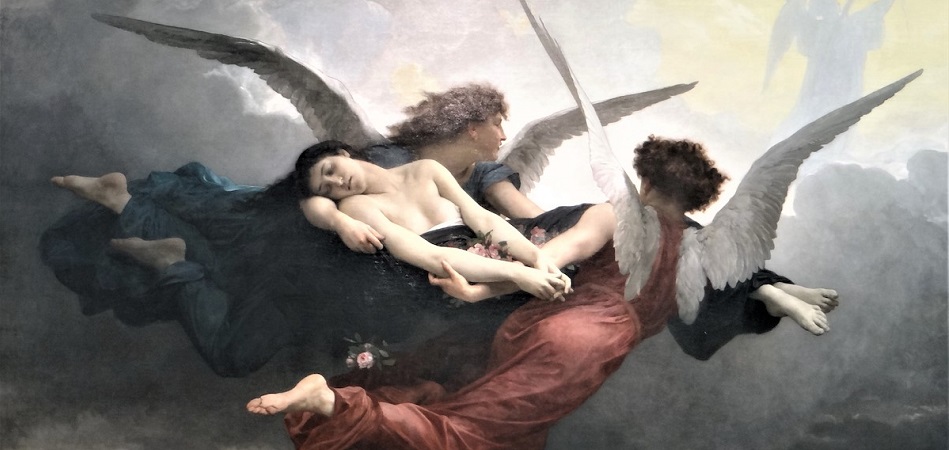William Adolph Bouguereau (November 30, 1825, La Rochelle – August 19, 1905, the same place) was a French painter and artist, a prominent representative of French academism in the second half of the 19th century.
He produced Neoclassical paintings that often featured mythological subjects, but he integrated a sense of realism that was unseen before. During his life he enjoyed significant popularity in France and the United States, was given numerous official honors, and received top prices for his work. Saying that he was a prolific artist is an understatement. He completed 822 oil paintings, many of which were monumental in size. The whereabouts of many of these, however, remain unknown.
William-Adolphe Bouguereau was born in La Rochelle, France, the son of wine merchant Theodore Bouguereau and his wife Marie Bonnin. The boy showed a talent for drawing early enough. When William was 12 years old he was sent to the care of his priest uncle, so he could learn a lot and get an education. Two years later, Bouguereau was sent to a Catholic college in Pont, where his art teacher was Louis Sage, a pupil of Engra.
William Adolphe Bouguereau was married twice: to his model Nelly Monchablon until her death in 1877 and to his student Elizabeth Jane Gardner who was the first female painter to win a Gold Medal at the Salon de Paris.
Although he often based his pictures on classical models, he enlivened them by suggesting movement. His recourse to antique icons allowed him to extensively depict nudes without fear of moral condemnation, although some artist friends found the lifelike depiction of naked women too daring: For forty years, one of Bouguereau’s most famous pictures, ‘Nymphs and Satyrs’ was believed to be lost because the owner preferred to keep it under wraps for moral reasons. For the following generation of avant-garde artists, Bouguereau’s highly polished perfectionism was a provocation, with Edgar Degas speaking contemptuously of a “Bouguereauté”.
Bouguereau was a kind, sentimental man who fought against many opponents during his long career. His primary influences of Michelangelo, Rembrandt and Titian can be seen in his work and by his effort and those under him during this period; classical artistry has managed to remain preserve to this day. Without Bouguereau, there may be very little trace to the ancient techniques of renaissance realism and neoclassicism, making him a cultural art hero.
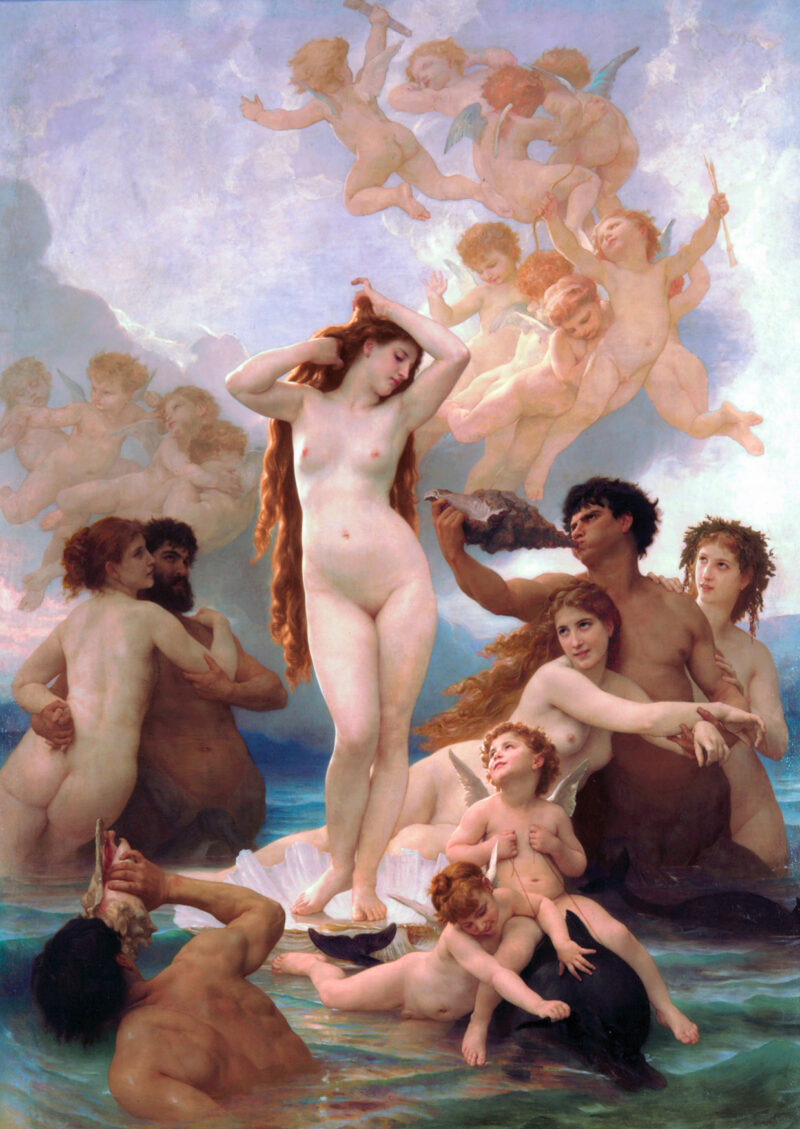
William-Adolphe Bouguereau Painting @ TheGallerist.art
William Adolph Bouguereau
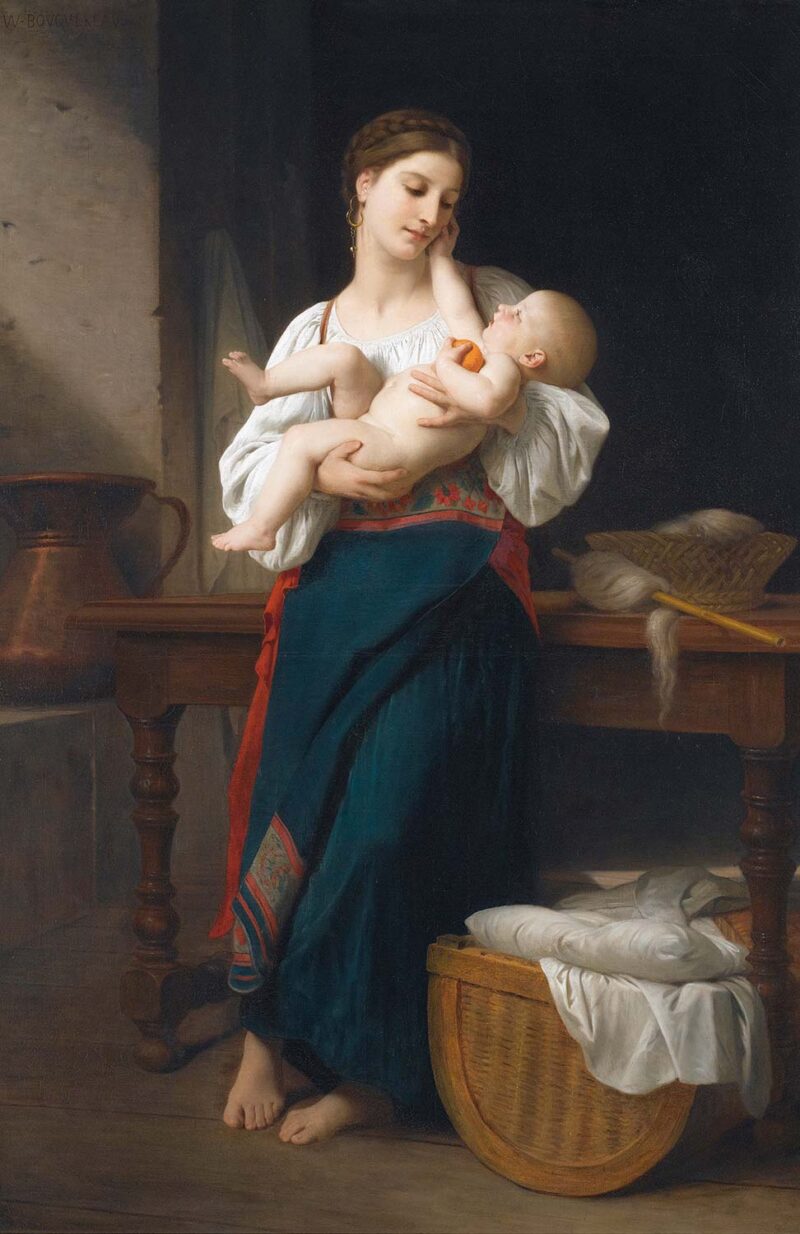
William-Adolphe Bouguereau Painting @ TheGallerist.art
William Adolph Bouguereau
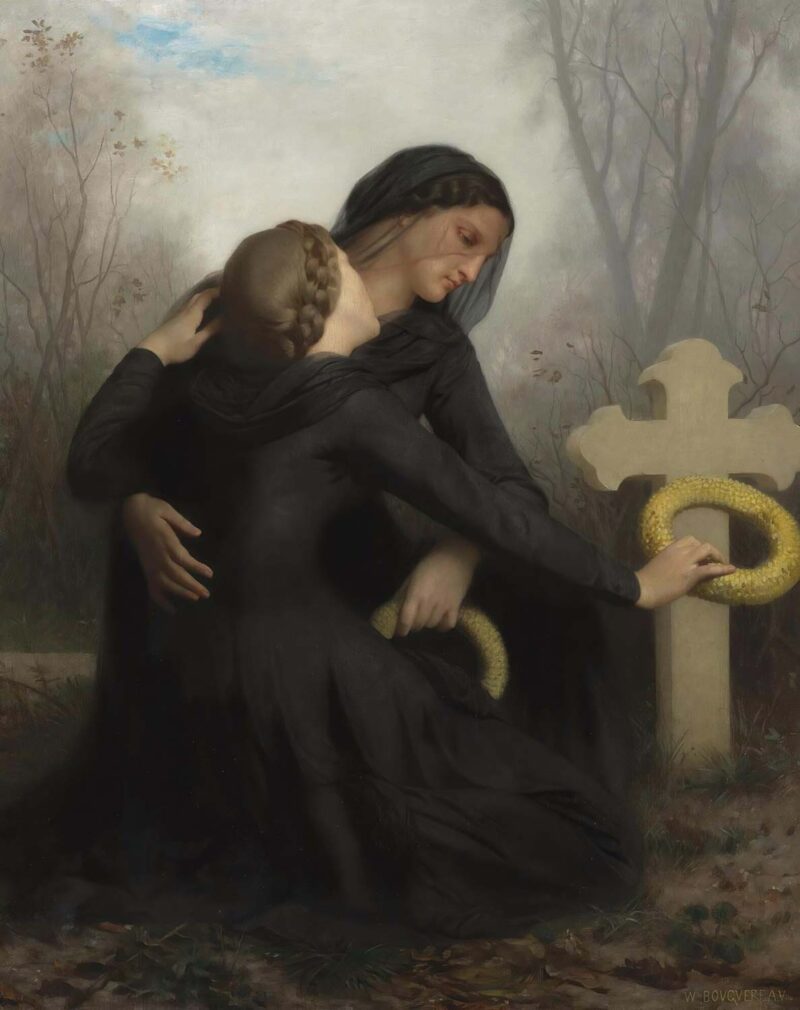
William-Adolphe Bouguereau Painting @ TheGallerist.art
William Adolph Bouguereau
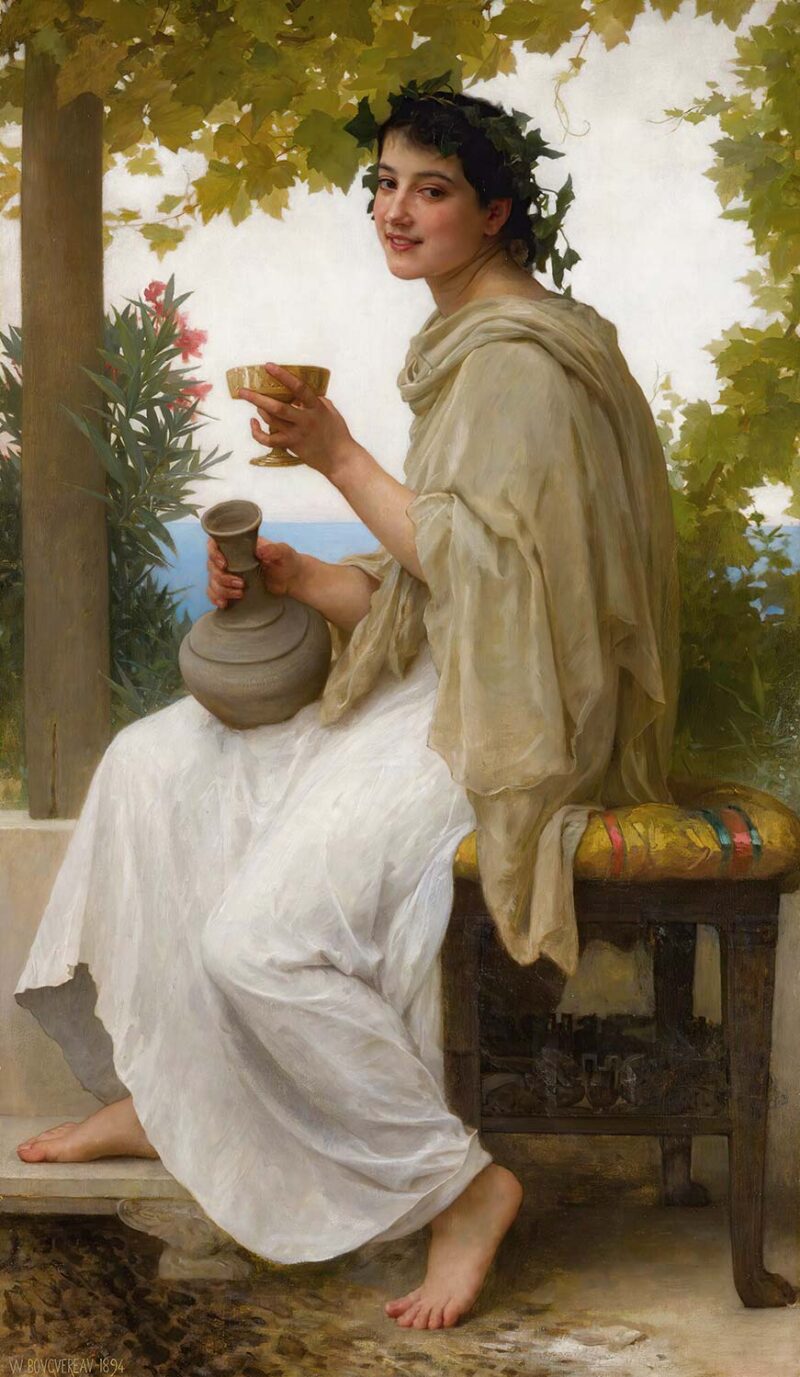
William-Adolphe Bouguereau Painting @ TheGallerist.art
William Adolph Bouguereau
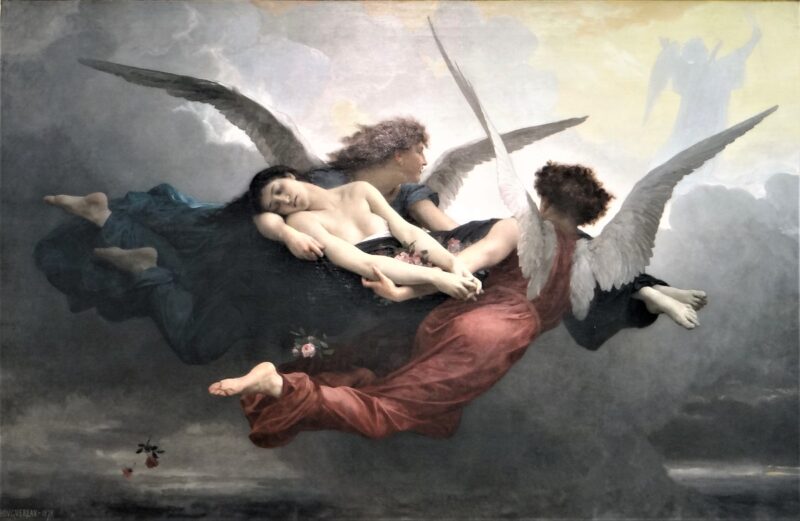
William-Adolphe Bouguereau Painting @ TheGallerist.art
William Adolph Bouguereau
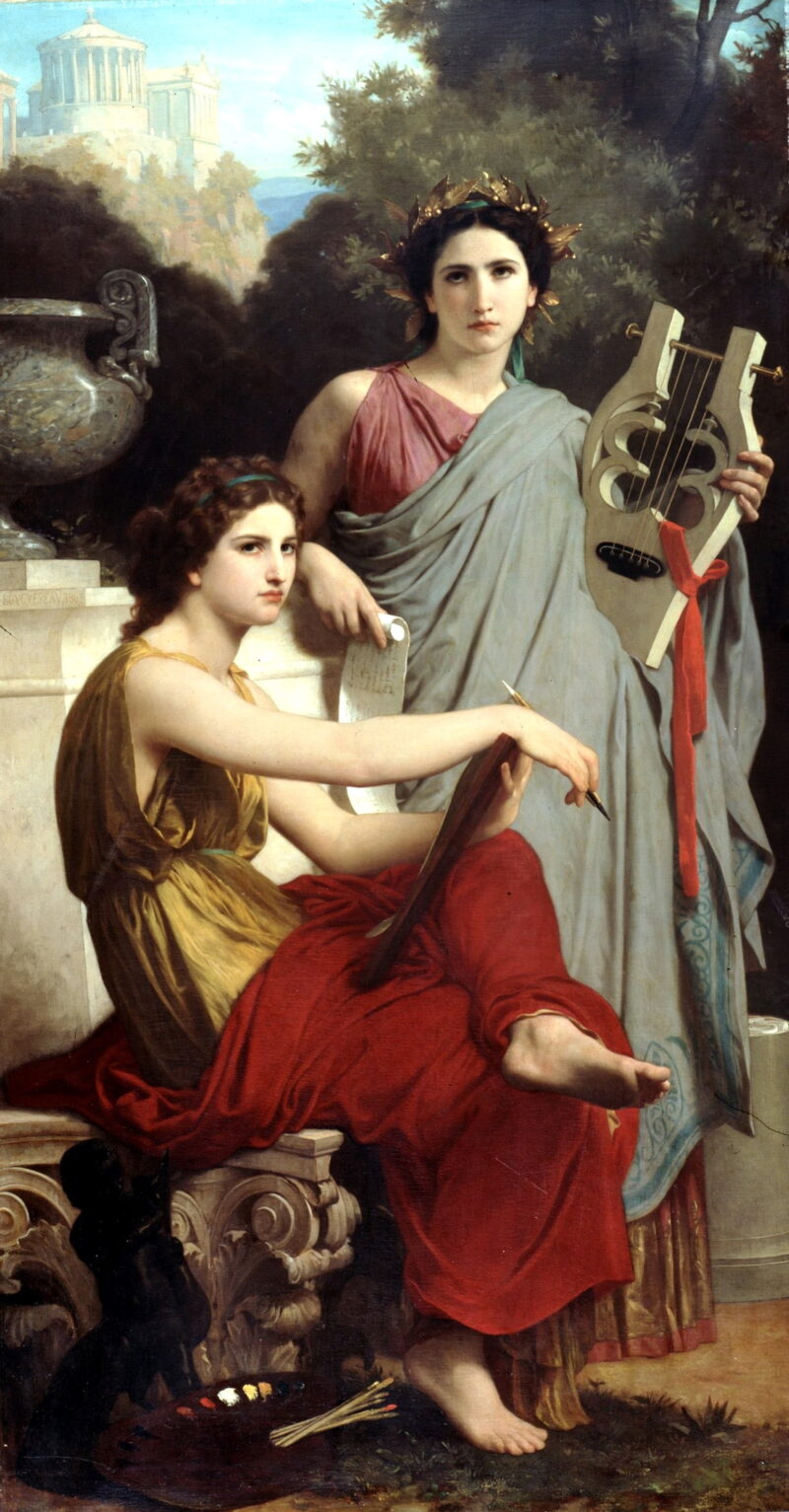
William-Adolphe Bouguereau Painting @ TheGallerist.art
William Adolph Bouguereau
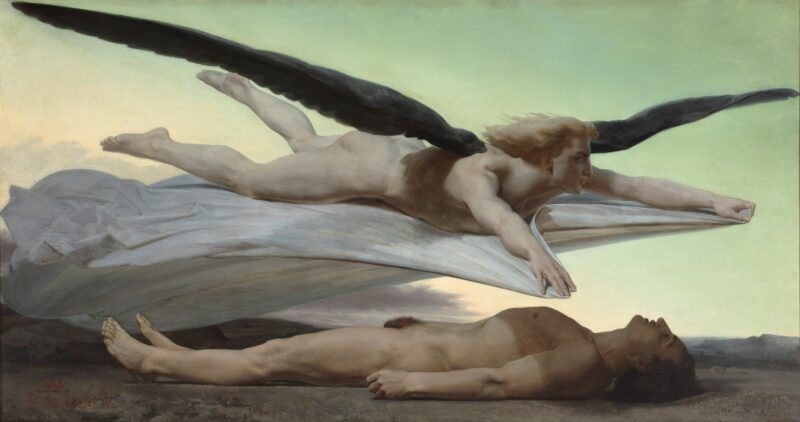
William-Adolphe Bouguereau Painting @ TheGallerist.art
William Adolph Bouguereau
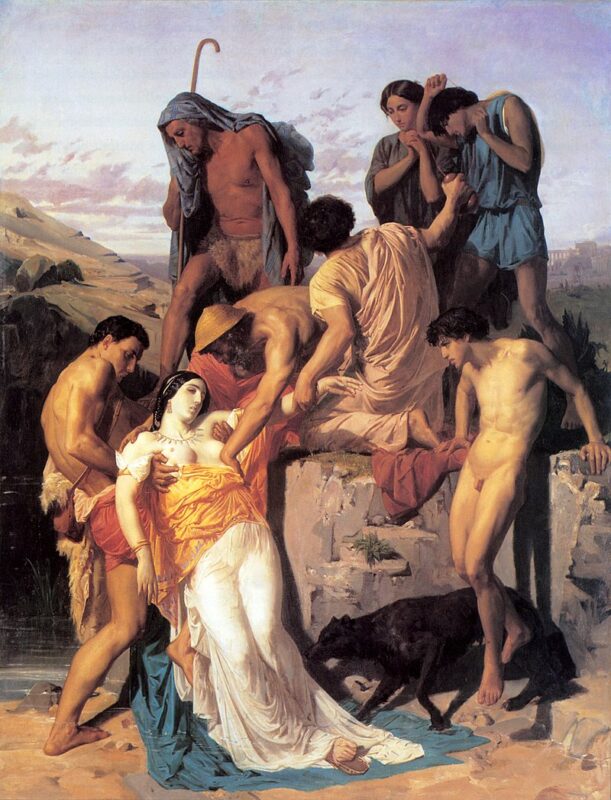
William-Adolphe Bouguereau Painting @ TheGallerist.art
William Adolph Bouguereau
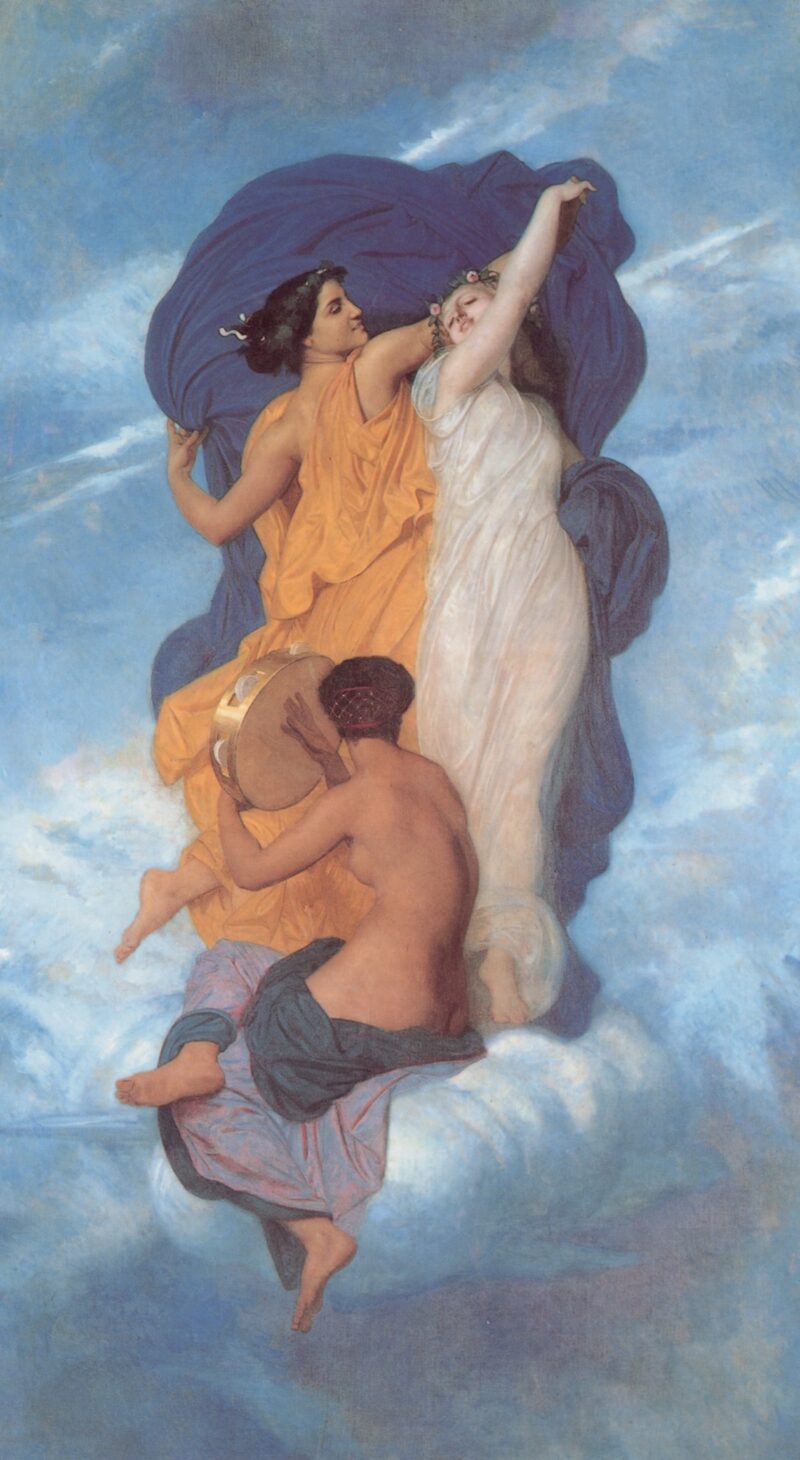
William-Adolphe Bouguereau Painting @ TheGallerist.art
William Adolph Bouguereau
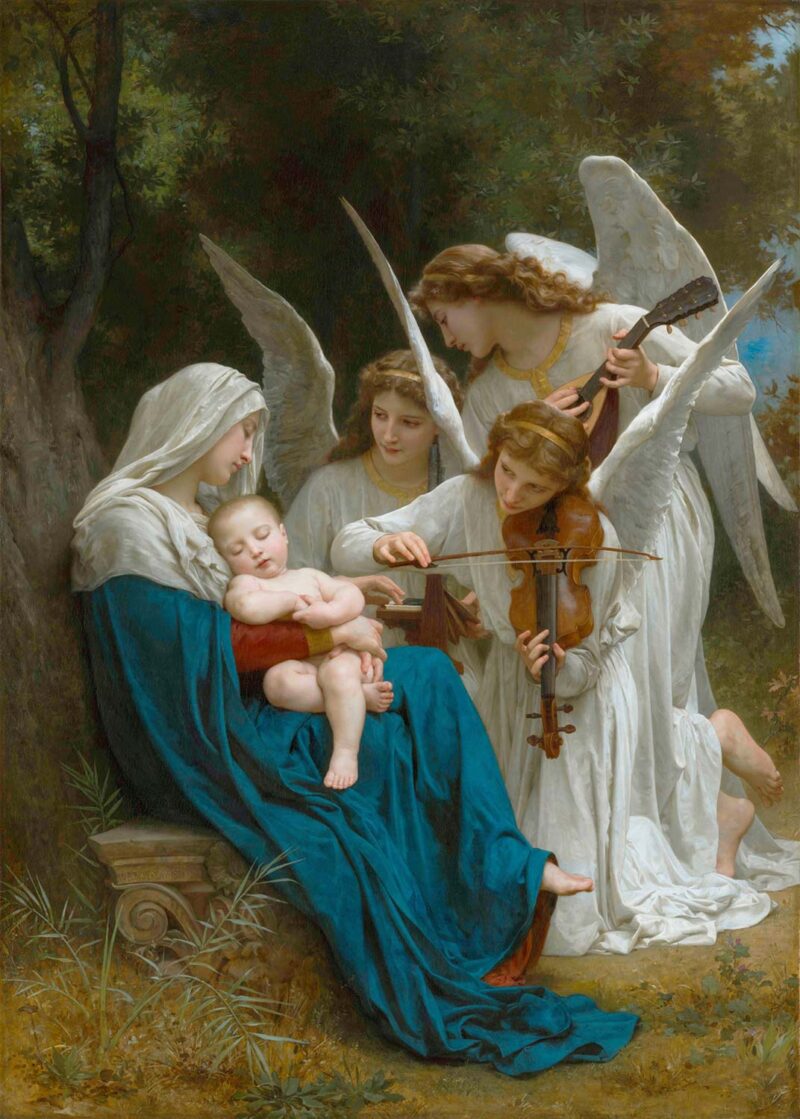
William-Adolphe Bouguereau Painting @ TheGallerist.art
William Adolph Bouguereau
William-Adolphe Bouguereau Painting @ TheGallerist.art
William Adolph Bouguereau
William-Adolphe Bouguereau Painting @ TheGallerist.art
William Adolph Bouguereau
William-Adolphe Bouguereau Painting @ TheGallerist.art
William Adolph Bouguereau
William-Adolphe Bouguereau Painting @ TheGallerist.art
William Adolph Bouguereau
William-Adolphe Bouguereau Painting @ TheGallerist.art
William Adolph Bouguereau
William-Adolphe Bouguereau Painting @ TheGallerist.art
William Adolph Bouguereau
William-Adolphe Bouguereau Painting @ TheGallerist.art
William Adolph Bouguereau
William-Adolphe Bouguereau Painting @ TheGallerist.art
William Adolph Bouguereau
William-Adolphe Bouguereau Painting @ TheGallerist.art
William Adolph Bouguereau
William-Adolphe Bouguereau Painting @ TheGallerist.art
William Adolph Bouguereau
William-Adolphe Bouguereau Painting @ TheGallerist.art
William Adolph Bouguereau
William-Adolphe Bouguereau Painting @ TheGallerist.art
William Adolph Bouguereau
William-Adolphe Bouguereau Painting @ TheGallerist.art
William Adolph Bouguereau
William-Adolphe Bouguereau Painting @ TheGallerist.art
William Adolph Bouguereau
William-Adolphe Bouguereau Painting @ TheGallerist.art
William Adolph Bouguereau
William-Adolphe Bouguereau Painting @ TheGallerist.art
William Adolph Bouguereau
William-Adolphe Bouguereau Painting @ TheGallerist.art
William Adolph Bouguereau
William-Adolphe Bouguereau Painting @ TheGallerist.art
William Adolph Bouguereau
William-Adolphe Bouguereau Painting @ TheGallerist.art
William Adolph Bouguereau
William-Adolphe Bouguereau Artist @ TheGallerist.art
William Adolph Bouguereau
William-Adolphe Bouguereau Painting @ TheGallerist.art
William Adolph Bouguereau
William-Adolphe Bouguereau Painting @ TheGallerist.art
William Adolph Bouguereau
William-Adolphe Bouguereau Painting @ TheGallerist.art
William Adolph Bouguereau
William-Adolphe Bouguereau Painting @ TheGallerist.art
William Adolph Bouguereau
William-Adolphe Bouguereau Painting @ TheGallerist.art
William Adolph Bouguereau
William-Adolphe Bouguereau Painting @ TheGallerist.art
William Adolph Bouguereau
William-Adolphe Bouguereau Painting @ TheGallerist.art
William Adolph Bouguereau
William-Adolphe Bouguereau Painting @ TheGallerist.art
William Adolph Bouguereau
William-Adolphe Bouguereau Painting @ TheGallerist.art
William Adolph Bouguereau
William-Adolphe Bouguereau Painting @ TheGallerist.art
William Adolph Bouguereau
William-Adolphe Bouguereau Painting @ TheGallerist.art
William Adolph Bouguereau
William-Adolphe Bouguereau Painting @ TheGallerist.art
William Adolph Bouguereau
William-Adolphe Bouguereau Painting @ TheGallerist.art
William Adolph Bouguereau
William-Adolphe Bouguereau Painting @ TheGallerist.art
William Adolph Bouguereau
William-Adolphe Bouguereau Painting @ TheGallerist.art
William Adolph Bouguereau
William-Adolphe Bouguereau Painting @ TheGallerist.art
William Adolph Bouguereau
William-Adolphe Bouguereau Painting @ TheGallerist.art
William Adolph Bouguereau
William-Adolphe Bouguereau Painting @ TheGallerist.art
William Adolph Bouguereau
William-Adolphe Bouguereau Painting @ TheGallerist.art
William Adolph Bouguereau
William-Adolphe Bouguereau Painting @ TheGallerist.art
William Adolph Bouguereau
William-Adolphe Bouguereau Painting @ TheGallerist.art
William Adolph Bouguereau
William-Adolphe Bouguereau Painting @ TheGallerist.art
William Adolph Bouguereau
William-Adolphe Bouguereau Painting @ TheGallerist.art
William Adolph Bouguereau
William-Adolphe Bouguereau Painting @ TheGallerist.art
William Adolph Bouguereau
William-Adolphe Bouguereau Painting @ TheGallerist.art
William Adolph Bouguereau
William-Adolphe Bouguereau Painting @ TheGallerist.art
William Adolph Bouguereau
William-Adolphe Bouguereau Painting @ TheGallerist.art
William Adolph Bouguereau
William-Adolphe Bouguereau Painting @ TheGallerist.art
William Adolph Bouguereau
William-Adolphe Bouguereau Painting @ TheGallerist.art
William Adolph Bouguereau
William-Adolphe Bouguereau Painting @ TheGallerist.art
William Adolph Bouguereau
William-Adolphe Bouguereau Painting @ TheGallerist.art
William Adolph Bouguereau
William-Adolphe Bouguereau Painting @ TheGallerist.art
William Adolph Bouguereau
William-Adolphe Bouguereau Painting @ TheGallerist.art
William Adolph Bouguereau
William-Adolphe Bouguereau Painting @ TheGallerist.art
William Adolph Bouguereau
William-Adolphe Bouguereau Painting @ TheGallerist.art
William Adolph Bouguereau
William-Adolphe Bouguereau Painting @ TheGallerist.art
William Adolph Bouguereau
You might also like

